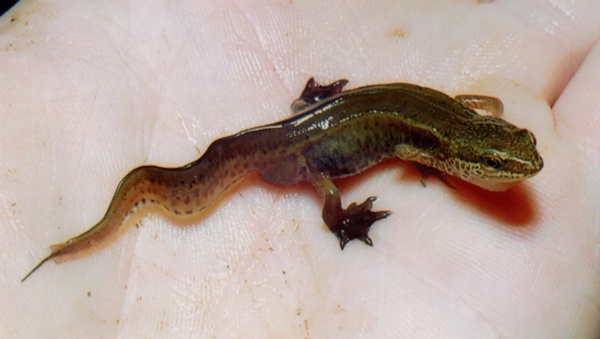Facts About Palmate newt
The palmate newt is a charming amphibian native to Western Europe, including Great Britain, and it benefits from legal protection throughout its range. Although it is considered rare to endangered in countries like the Netherlands, Belgium, and Luxembourg, and regarded as vulnerable in Spain and Poland, it is relatively common in other areas.
These newts are relatively small, with males growing up to about 8.5 cm and females reaching around 9.5 cm. They feature an olive-green or brown base color. During the breeding season, males exhibit webbed hind feet and a crest along their back.
Palmate newts breed in water, laying eggs that hatch into larvae before undergoing metamorphosis into adults. Their diet includes invertebrates, small crustaceans, and tadpoles, and they can live up to 10 years.
You can find palmate newts in various habitats, such as ponds, lakes, marshes, forests, and even agricultural land. They are active both day and night during the breeding season. In winter, they hibernate on land, seeking shelter under logs or stones.
There are a few subspecies of the palmate newt: L. h. helveticus, which ranges from northern Germany to northeastern Spain; L. h. punctillatus, found in the Sierra de la Demanda area of the Iberian System in Spain; and L. h. alonsoi, located in northwestern Iberia.

 Ireland
Ireland